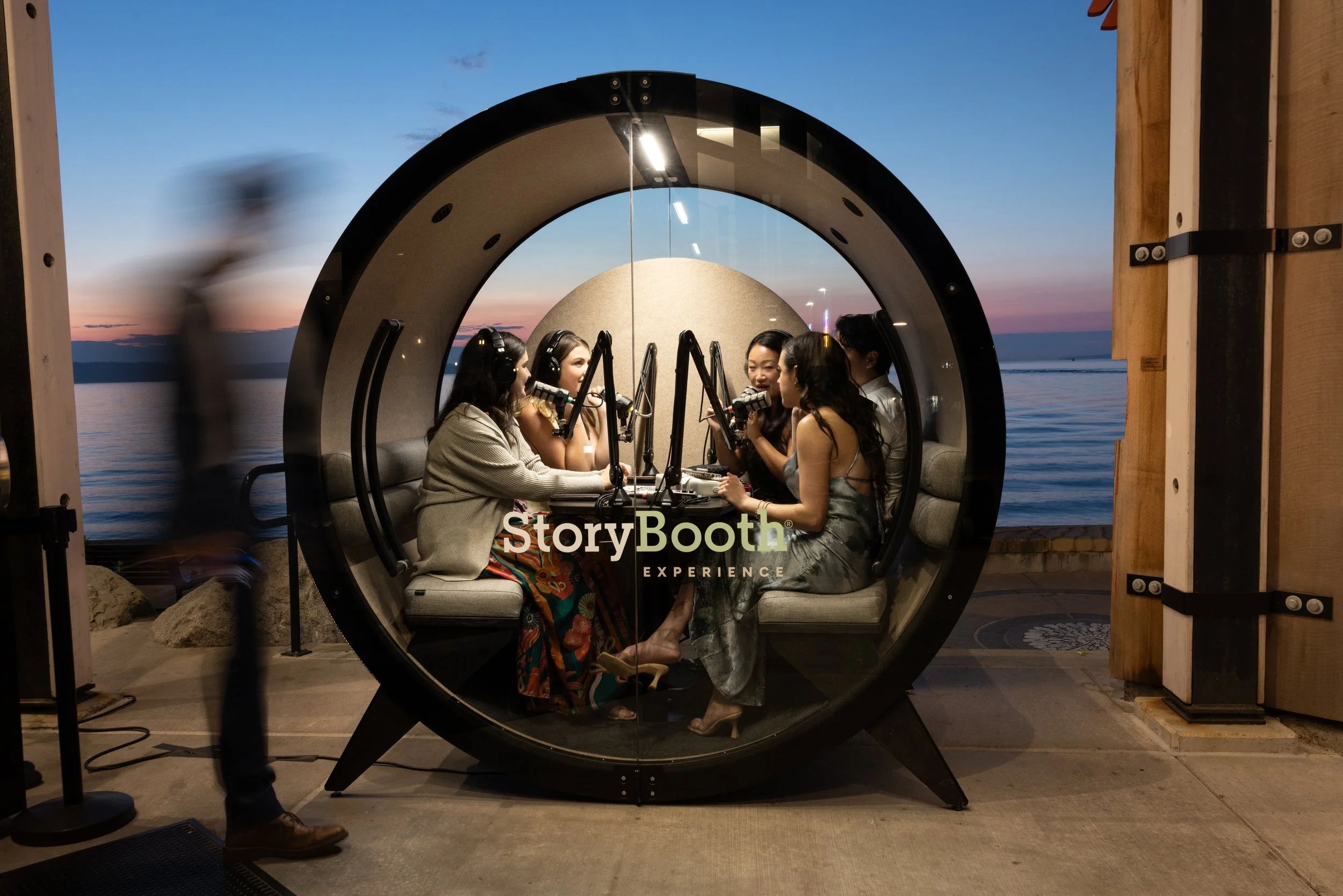Jonathon Roberts on Creating a Compelling Sonic World.
An interview with renown sound designer Jonathon Roberts. Jonathon is an acclaimed musician and sound designer. He's worked on shows like Story Pirates, Quiet Part Loud and Case 63. This interview has been edited for clarity.
Jonathon, can you share a bit about your journey into sound design and audio production?
I got my start early. I was a musician growing up and played piano. I loved experimenting with sound as a kid. I had a little Pentium computer and used this software called “CoolEdit” to make little audio pieces. I went to college for music and composition. I ended up being a traveling musician and did comedy and music in New York City. I wrote music for slot machines for a while too. It was kind of fun, you’re writing the music for people when they're really happy. Then I transitioned to podcasts and worked at Gimlet that was later acquired by Spotify. I worked on a show called Chompers and then StoryPirates and also Case 63 among others.
How does music and sound design support a story in podcasting?
Sound design plays a really important role. First, it gives clarity to a listener and highlights a shift in a story. You want the listener to not get lost in what’s happening. Second, there’s this concept called “signposting” which is essentially helping a listener remember something that we said earlier. It’s a way of hyperlinking to something that’s already been said but is coming back or being developed more. Third, sound design has a way of creating motion in a story. It’s about movement that takes the listener along.
Tell us about Case 63 and what your role was in it.
Case 63 was originally a Chilean show that was a huge hit in Latin America and it’s since been adapted around the world. It’s a science fiction show revolving around time travel and two people who are separated by time and space. It was headlined by Julianne Moore and Oscar Isaac. I was the sound supervisor. But I want to shout out Daniel Rameriez, Daniel Burnell and Armondo Serrano who also worked in sound design and Mimi O'donnell, the executive producer too.
Case 63 is a super complex show because of its sci fi nature. what was the original vision for sound design?
A couple of things. First, the sound needs to be on location. Meaning it needs to function to place a listener in the story and create a sense of intimacy of being on site with the actors in the story. Second, give a continued sense that something could happen at any time. I think sound has a special place in bringing a sense of anticipation to a story.
You’ve said before that you think audio is the most imaginative medium. What do you mean?
You’re partnering with the listener’s imagination. So you’re prompting them to have an experience in their head, you're not laying it all out in front of them. Instead you’re sparking something in their imagination, giving them the tools to make something spectacular in their own minds, putting them right there with the storytellers. Plus, listeners take these shows anywhere. So they can experience your story on a hike, doing dishes, looking out over a beautiful vista. That doesn’t happen if you’re sitting on your couch watching a screen. That’s why it’s the most imaginative medium.
Could you provide examples from 'Case 63' where you feel sound played a critical role in storytelling?"
There was this really cool scene in season 2 where the two characters are walking around an apartment and we’re walking through the house while they’re arguing.
Where do you source your sounds from?
I make a lot of them. A process called “Foley.” Like you run while holding the mic etc. There’s also lots of great sound effects libraries that exist.
How do you measure the success of your sound design?
I think number one is if you can follow the story. Is the story clearer because of sound design? Then it's successful. The sound design could be simple or elaborate, it doesn’t matter. What matters is if someone can clearly see something in their imagination.
What would you say to a company or a brand that’s thinking about heavily investing in sound design for a podcast?
I would remind people that listeners always take audio with them. People won’t really rewind multiple times to catch something they missed, so good sound design needs to work well the first time and be clear the first time. I would also say that a little bit of investment goes a long way. You can significantly elevate a story with even some simple sound design and because you’re working with people’s imaginations it doesn’t take much.
3 Pieces of GUM
A little sound design goes a long way. Consider how sound design and music can elevate your project.
Audio is the most imaginative medium. You only have your ears and people’s imaginations are way more dynamic that visuals.
Sound design works if it brings clarity to the story and supports the core of the story.


